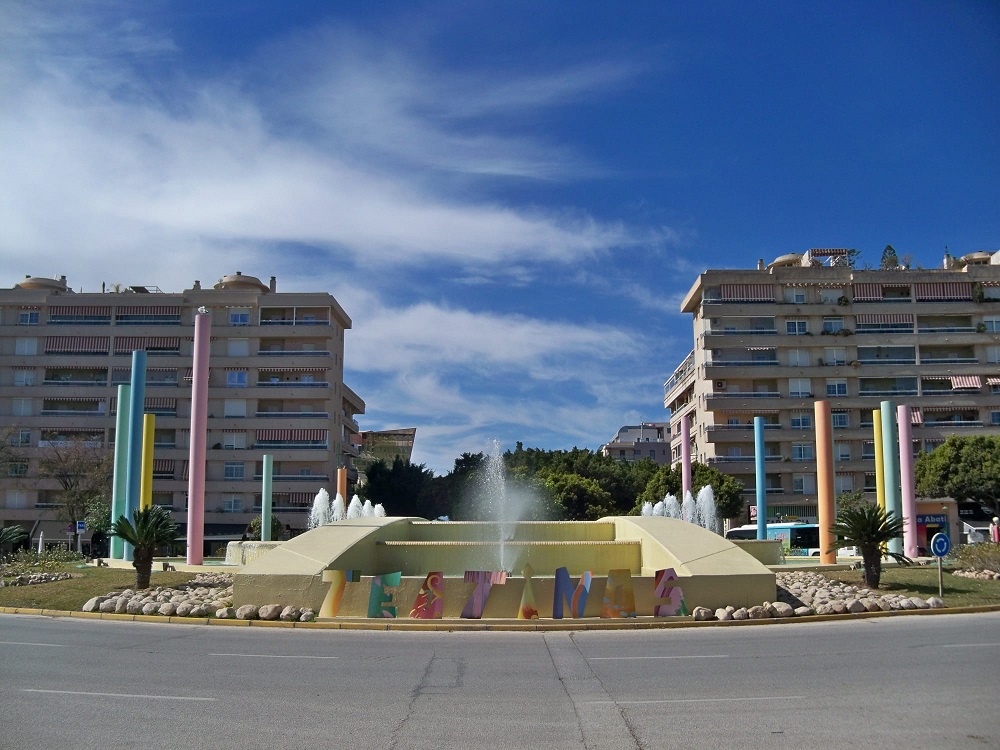Your Guide to Preposiciones (Prepositions in Spanish)
Like in any other language, prepositions in Spanish are connecting words that we use to indicate a relationship between a word (which can be a verb, noun or adjective) and a noun phrase (or noun or pronoun).
The most common list of Spanish prepositions goes as follows:
- a
- ante
- bajo
- con
- contra
- de
- desde
- durante
- en
- entre
- hacia
- hasta
- mediante
- para
- por
- según
- sin
- sobre
- tras
- versus
- vía
Unfortunately, prepositions often can’t be translated literally, which tends to discourage Spanish students. However, bear in mind that prepositions are hard in any language, because, more often than not, they require a lot of memorization.
In this article, you’re going to find some of the most frequent usages for every Spanish preposition!
| Destination: Voy a la escuela = I’m going to school |
| Specific time: Nos vemos a las nueve = See you at nine |
| Direct object: Vi a Juan = I saw Juan When talking about a person or animal |
| Indirect object, always: Le di una carta a Juan = I gave Juan a letter |
| Speed: El auto va a ochenta kilómetros por hora = The car goes fifty miles per hour |
| Price: Lo compré a 50 pesos = I bought this for 50 pesos |
| Location: Ante la casa = In front of the house |
| Location: Bajo la alfombra = under the rug |
This one is easily translated. It basically means “with”
| Company: Salí con mis amigos = I went out with my friends |
| Instrument: Come con un tenedor = Eat with a fork |
| Rivalry: Nuestro equipo jugó contra tu equipo = Our team played against your team |
| Position: Juan se apoyó contra la pared = Juan leaned against the wall |
“DE” is the most used word in Spanish. Therefore, you are going to hear it and use it a lot!
“DE” preposition can have a multiplicity of meanings, such as:
| Possession: La casa de mi madre = My mother’s house |
| Origin: Él es de Argentina = He’s from Argentina |
| Materials: Una silla de madera = A wooden chair |
| Content: Un vaso de agua = A glass of water |
| Matter or topic: Un libro de Historia = A History book |
| Time: Trabaja de nueve a cinco = He works from nine ‘till five |
| Period of time: De noche = At night; de niño = When he was a kid |
Besides, “de” has many other uses, which can vary according to the Spanish dialect you’re speaking or hearing. Just remember: this is the most used word in the Spanish language, therefore you can easily say that it’s everywhere!
| Origin (time): No he visto a Juan desde 2014 = I haven’t seen Juan since 2014 |
| Origin (place): Viajamos desde Buenos Aires hasta Córdoba = We traveled from Buenos Aires to Cordoba |
| Perspective: Desde mi punto de vista… = From my point of view… |
| Simultaneity: No prestó atención durante la clase = He didn’t pay attention during the class |
| Location: Estoy en Buenos Aires = I’m in Buenos Aires |
| Time (month, year, decade, etc.): Months: Eso sucedió en Julio = That happened on July |
| Festivities: La vimos en Navidad = We saw her at Christmas |
On this list, we have given you some of the most common usages. However, this preposition is also quite frequent. In consequence, there are a lot of expressions, constructions and idioms that include “en”. For example, “en persona” (“In person”) or “en un segundo” (“In a second”). Very often, you’re going to have to learn them one by one and memorize them!
This preposition can be translated as both “between” or “among”.
| Location: Él está sentado entre Laura y Andrés = He’s sitting between Laura and Andrés |
| Time: Iré a tu casa entre las cuatro y las cinco = I’ll go to your house between four and five |
| Figurative middle level: La pared es de un color entre amarillo y verde = The wall is some kind of mix between yellow and green |
| Direction: Está corriendo hacia el bosque = He’s running towards the forest |
| Limit (time): Trabajo hasta las cinco = I work until five o’clock |
| Limit (space): Viajamos desde Buenos Aires hasta Córdoba = We traveled from Buenos Aires to Cordoba |
| Inclusion: ¡Hasta Juan vino! = Even Juan came! (However, here, it is not used as a preposition, but as an adverb). |
This preposition can be translated as “by means of” or “thanks to”.
Everybody tends to mix them up. For more information about the difference between “para” and “por”, check out our blog about these two prepositions.
This preposition can be translated as “according to” or “depending on”.
| Source: Según el manual… = According to the textbook… |
| Lack: Salimos sin Juan = We went out without Juan |
| Location: “El libro está sobre la mesa” = “The book is on the table”. |
| Topic: “El libro es sobre música” = “The book is about music”. |
| Location: “Se escondió tras la puerta” = “He hid behind the door”. |
| Time: “Tras la reunión, salieron de la oficina” = “After the meeting, they left the office”. |
| Opposition, rivalry: “Brasil versus España”. |
Similar to “mediante”, it means “by means of”.
| Te envié la foto vía mail = I sent you the picture by email |












































































